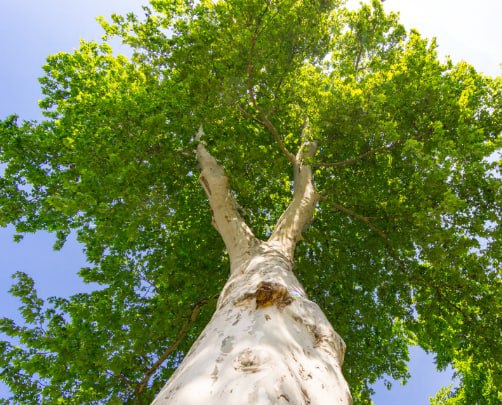
Introduction: Hedges come in a delightful array of species, each with growth habits, characteristics, and requirements. When it comes to hedge trimming, adopting a one-size-fits-all approach won’t do justice to the diverse nature of these plants. In this enlightening blog post, brought to you by Canterbury Tree Surgeons, we’ll spotlight different hedge species and guide you on tailoring your trimming approach for optimal growth, health, and aesthetics.
Boxwood Hedges (Buxus sempervirens)
Characteristics: Boxwood hedges are known for their dense foliage and slow growth. They can be shaped into intricate designs, providing an elegant, formal look.
Trimming Approach: Trim boxwood hedges in late spring or early summer after new growth has emerged. Aim for a light pruning to maintain shape and encourage bushy growth. Avoid cutting into old wood; boxwood can slowly recover from severe pruning.
Privet Hedges (Ligustrum spp.)
Characteristics: Privet hedges are popular for their rapid growth and versatility. They offer semi-evergreen foliage and adapt well to various soil types.
Trimming Approach: Privet hedges can be pruned in early summer and again in late summer or early fall. They respond well to regular trimming, which keeps them neat and dense. Aim to remove about one-third of the growth to avoid stressing the plant.
Yew Hedges (Taxus baccata)
Characteristics: Yew hedges are evergreen and known for their durability and longevity. They tolerate shade well and can be grown in various soil conditions.
Trimming Approach: Yew hedges can be pruned in late winter or early spring while still dormant. Avoid trimming them during their active growth phase to prevent damage to new shoots. Prune lightly to maintain shape and avoid cutting into old wood, which may not regrow.
Beech Hedges (Fagus sylvatica)
Characteristics: Beech hedges offer striking copper-coloured foliage in the fall, making them visually appealing year-round.
Trimming Approach: Trim beech hedges twice a year, in late spring and summer. A light pruning helps maintain their shape and promotes denser growth. Avoid trimming in early fall to prevent new growth susceptible to frost damage.
Thuja Hedges (Thuja occidentalis)
Characteristics: Thuja, or arborvitae, hedges are popular for their fast growth and evergreen foliage. They’re excellent choices for creating privacy screens.
Trimming Approach: Trim thuja hedges in late spring or early summer and again in late summer. Prune lightly to avoid exposing bare wood to harsh weather. Focus on maintaining a tapered shape with a slightly narrower top.
Conclusion: Understanding the characteristics of different hedge species is the key to successful hedge trimming. Tailoring your approach to the unique growth habits of each species ensures that your hedges remain healthy, vibrant, and well-maintained. If you’re ever uncertain about the best approach for your hedge type, Canterbury Tree Surgeons offers expert advice and professional trimming services. With the proper knowledge and care, your hedges will thrive and contribute to the beauty of your landscape for years to come.
Call us on: 01227 203994
Click here to find out more about Canterbury Tree Surgeons
Click here to complete our contact form and see how we can help with your tree’s needs.